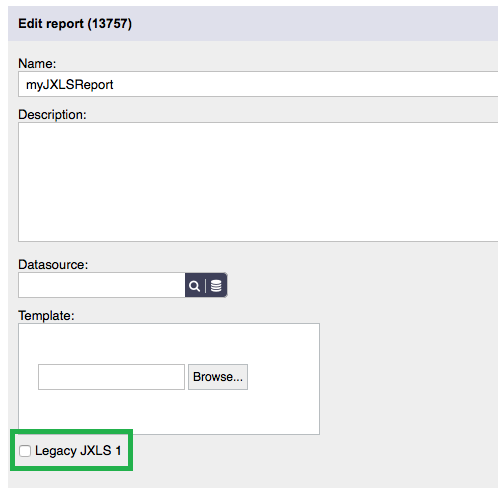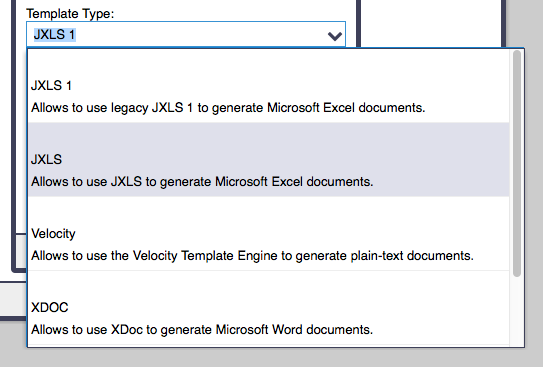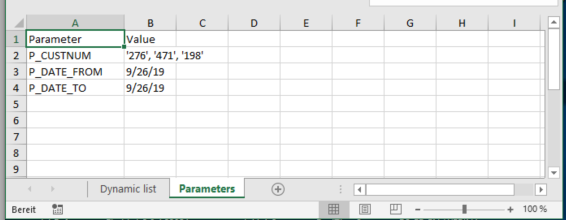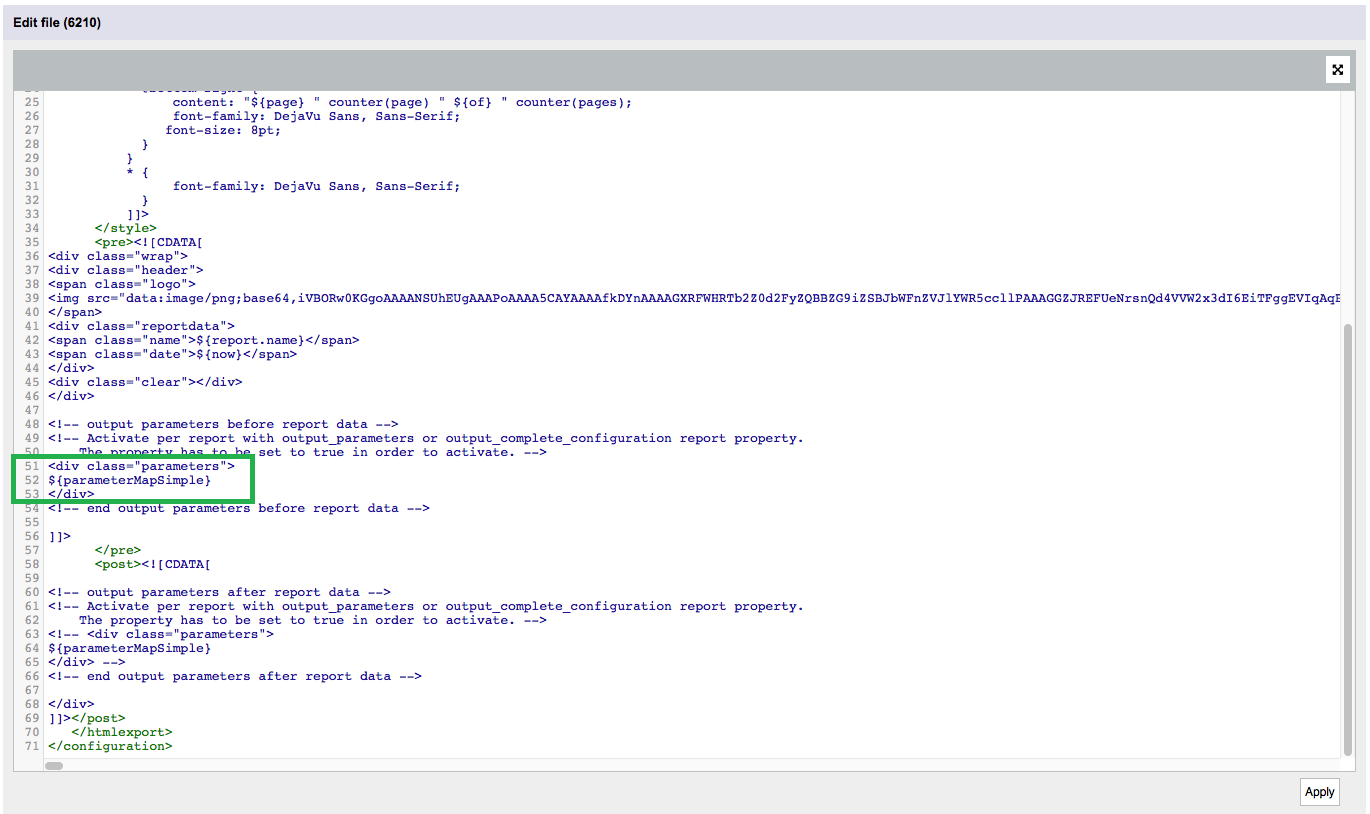ReportServer 3.1.1
Allow to change lost password email texts via config file
ReportServer 3.1.1 allows you to edit the text a user receives per email when the user’s password is lost. The following is a configuration file for this purpose (/etc/security/lostpassword.cf)
<?xml version="1.0" encoding="UTF-8"?>
<configuration>
<lostpassword>
<email>
<subject>Password lost</subject>
<text>Dear user ${user.getFirstname()} ${user.getLastname()},
A password request was issued for:
User: ${user.getUsername()}
Password: ${password}
</text>
</email>
</lostpassword>
</configuration>Add “config echo” command for printing out individual current configuration parameters
In order to read the current active value of a configuration parameter, you can use “config echo”, e.g. for reading the default charset in the main.cf configuration file:
config echo main/main.cf default.charsetwould return you e.g. “UTF-8”. For reading an attribute in the form:
<mailaction html="false">you can write:
config echo scheduler/scheduler.cf scheduler.mailaction[@html]More details on the syntax can be found in the Apache Commons Configuration documentation
Allow to configure the width of the columns in the dynamic list preview
You can now set the column widths of your dynamic lists via dynamic list configuration, refer to the next screenshot for an example.
You can also set defaults for all dynamic lists in the “/etc/ui/previews.cf” configuration file (defaultColumnWidth, maxColumnWidth):
<?xml version="1.0" encoding="UTF-8"?>
<!--
ReportServer Configuration File
filename: ui/previews.cf
Configures how previews are rendered
-->
<configuration>
<pdf>
<mode>native</mode>
</pdf>
<dynamicList>
<defaultColumnWidth>200</defaultColumnWidth>
<maxColumnWidth>800</maxColumnWidth>
</dynamicList>
</configuration>Allow to configure if user account existence should be shown in the lost password dialog
You can now configure if the lost password dialog should reveal if the given username is existent or if no information should be disclosed. Per default, no information is disclosed. The configuration setting (indicateWrongUsername) is found in the /etc/security/lostpassword.cf file:
<?xml version="1.0" encoding="UTF-8"?>
<configuration>
<lostpassword indicateWrongUsername="false">
<email>
<subject>${msgs['net.datenwerke.rs.passwordpolicy.service.locale.PasswordPolicyMessages']['lostPasswordSubject']}</subject>
<text>${msgs['net.datenwerke.rs.passwordpolicy.service.locale.PasswordPolicyMessages']['lostPasswordSalutation']} ${user.getFirstname()} ${user.getLastname()},
${msgs['net.datenwerke.rs.passwordpolicy.service.locale.PasswordPolicyMessages']['lostPasswordIntro']}
${msgs['net.datenwerke.rs.passwordpolicy.service.locale.PasswordPolicyMessages']['lostPasswordUsername']}: ${user.getUsername()}
${msgs['net.datenwerke.rs.passwordpolicy.service.locale.PasswordPolicyMessages']['lostPasswordPassword']}: ${password}
${msgs['net.datenwerke.rs.passwordpolicy.service.locale.PasswordPolicyMessages']['lostPasswordEnd']}
</text>
</email>
</lostpassword>
</configuration>Library Deletions and Upgrades
In ReportServer 3.1.1 we deleted 52 libraries and upgraded 8. This removes many external dependencies in ReportServer.







